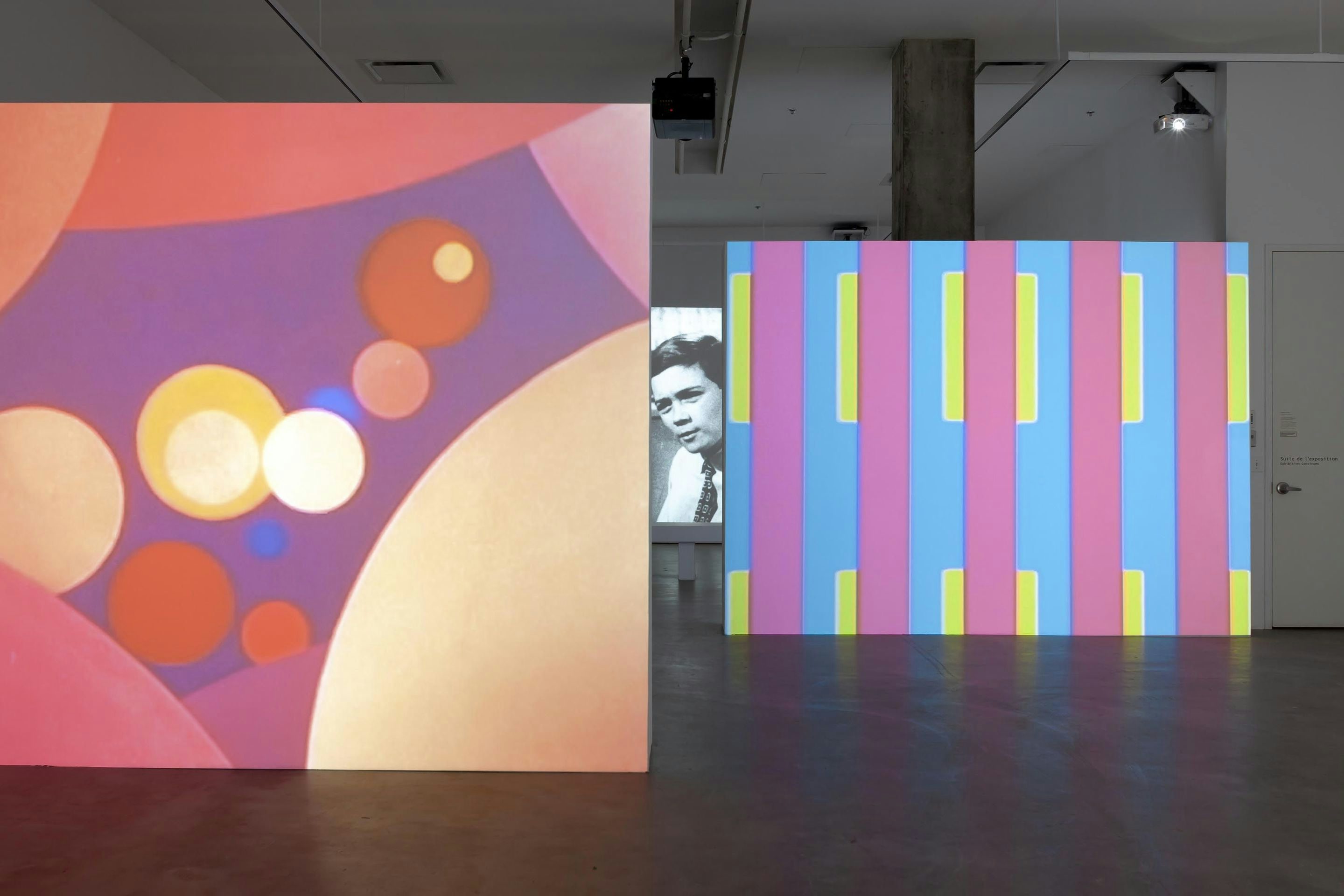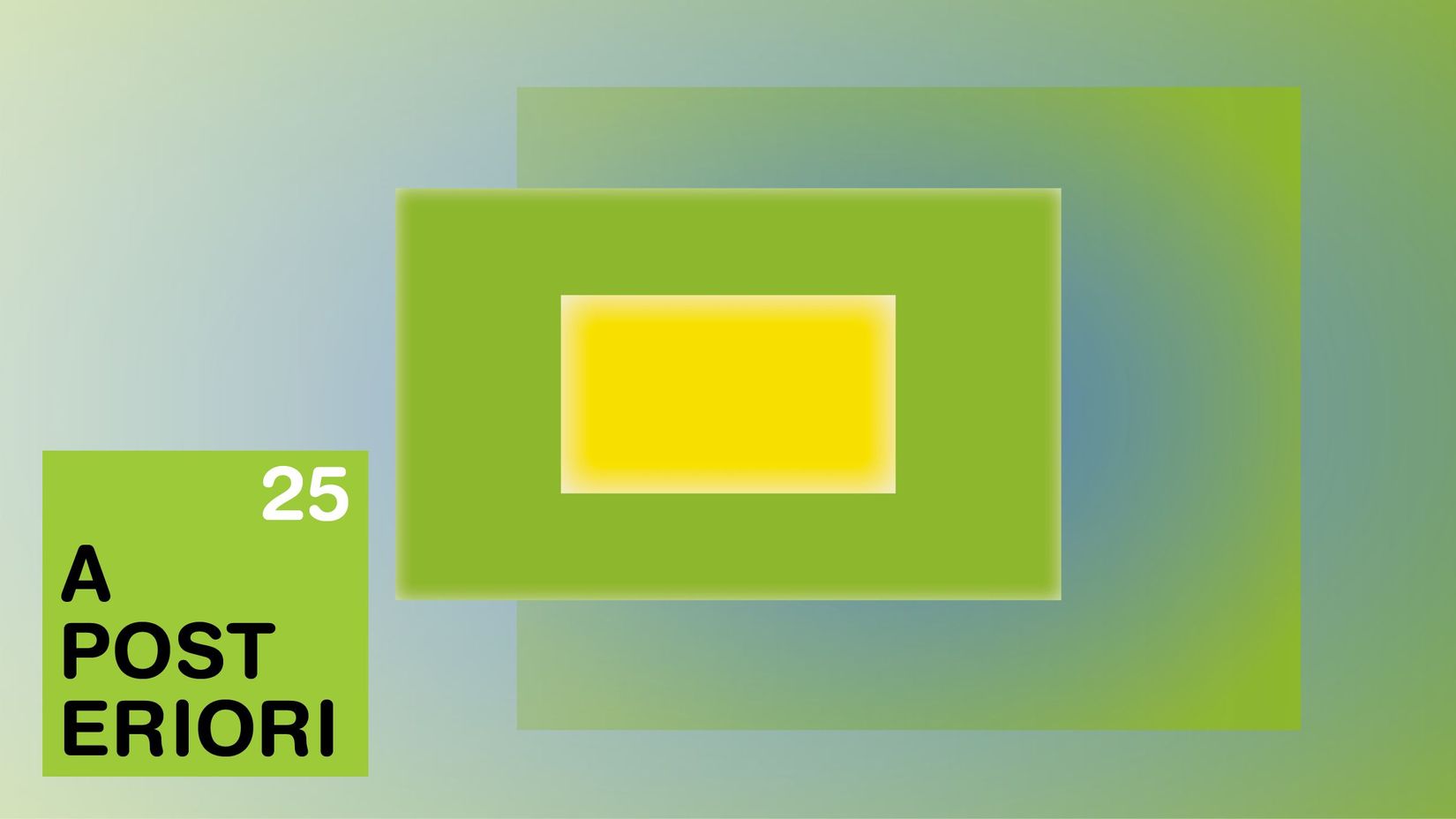
The Musical Years: 1920–2020
2020.08.18 - 2020.10.31
- Notes
Music videos
Mark Abramson & Edward Dephoure, Laurie Anderson, Associates in Science, Ellis Bahl, Steve Barron, Brian Beletic, Robert Bleyer & John Moffitt, Blue Source, Bucko & Tucko, David Byrne, Peter Care, Jake & Dinos Chapman, Gaëtan Chataigner, Roman Coppola, Martin Creed, Chris Cunningham, Dave Davies & Ray Davies, Jonathan Demme, Xavier Dolan, James Frost & OK Go & Syyn Labs, Kevan Funk, Romain Gavras, Kevin Godley & Lol Creme, Michel Gondry, Jerome Guiot & Paul van Haver, Winston Hacking, Jörn Heitmann, Tim Hope, Yves Jacques, Matt Johnson, Stephen R. Johnson, Spike Jonze, Kahlil Joseph, Emily Kai Bock, Kevin Kerslake, Daniel Landin, André Leduc, Robert Longo, David Mallet, M.I.A., Mike Mills, Jean-Baptiste Mondino, Russell Mulcahy, Hiro Murai, Tony Oursler, D. A. Pennebaker, Roy Pike & The BOX, Bill Pope & Randy Skinner, Mark Romanek, Ladislav Rychman, Keith Schofield, Stéphane Sednaoui, Jon Small, Cho Soo-hyun, Walter A. Stern, Corinne Stübi, Roland Stutz, Jan Švankmajer, Trabant, Matthew Vachon, Chad VanGaalen, William Wegman, Dougal Wilson.
MARIE J. JEAN
In the last century, the invention of the motion picture camera ushered in a succession of diverse technological developments conducive to the synthesis of sound and images. Devices that combined projected images with music, such as colour organs, the optical theatre and the Sonchromatoscope, were among early examples. But it was through cinema, once it became possible to synchronize music with moving pictures, that this field of experimentation would be radically renewed. This exhibition provides opportunities to observe changes in that audiovisual production through cinematic and musical works in which a relative tension between image and music is exerted—for most often, the relationship between the two is one of subordination: either the visual production relegates the musical component to a secondary role, or the pictures serve to illustrate a musical composition.

The aim of this exhibition is to provide a spatial and musical experience of these works produced over a span of a hundred years, while prompting audiences to reflect on this process of visualization of music and musicalization of images. Contemporary artists are featured alongside film makers of the avant-garde in a circuit including silent films with added sound, abstract and experimental cinema, music videos, as well as musical performances. A series of animation films complements the program, designed especially for children1.
Seeing music and hearing pictures
This analogy between music and image is not without its connections to the research conducted by abstract painters who sought, beginning in the 1910s, to translate harmonic, rhythmic and polyphonic impressions into their compositions. Wassily Kandinsky possessed a type of synaesthesia called “coloured hearing”: he perceived chromatic sensations when he heard sounds, associating, for example, yellow with the brassy blast of the trumpet and green with the meditative tones of the violin. The composer Alexander Scriabin founded his Opus 60, Prometheus: The Poem of Fire (1911), on such synaesthetic equivalences. The piece was written for orchestra, solo piano and mixed choir, and enlivened by a “light keyboard,” or Luce, purpose-built for the occasion; each of its keys triggered a beam of coloured light. This chromatic spectacle—unusual, to say the least, for its time—was developed using a system of harmony and colour equivalences devised by the composer. Informed by this research, Viking Eggeling and Hans Richter envisioned “absolute cinema,” in which abstract shapes recorded on celluloid film functioned in the manner of a score, with the potential to provoke musical sensations. The titles of their earliest abstract films, both silent, were Symphonie diagonale (1924) and Rhythmus 21 (1921), suggesting a translation into images of the dynamic effects of counterpoint, rhythm and harmony. Shot one frame at a time, Eggeling’s symphony is divided into different “movements” of luminous white figures on a black ground; the technique is comparable to animated filmmaking and the experiments later conducted by Oskar Fischinger and Norman McLaren2. For the abstract film An Optical Poem (1937), Fischinger shot bits of coloured paper in stop-motion (frame-by-frame animation), synchronizing their movements with Franz Liszt’s “Hungarian Rhapsody No. 2.” A title-card foreword explains that the film is a “scientific experiment” in which the music is intended to “convey . . . mental images in visual form.” Where Fischinger employed superimposed shapes moving in depth to transcend two dimensions, McLaren exploited geometric abstraction reduced to vertical bands of vivid colours punctuated by equally minimalist shapes, doubtless inspired by Quebec’s Plasticiens group. McLaren did innovative sound research for Synchromy (1971), drawing synthetic sounds and photographing them on film so as to achieve an absolute parallelism of sound and image3. Abstract cinema inspired by animation would also be explored by René Jodoin, a colleague of McLaren at the National Film Board, whose 1984 effort Rectangle & Rectangles was an optokinetic film made using techniques then available via the nascent tools of digital filmmaking. Around the same time, Gaston Sarault produced a stunning musical experiment in the form of an animated film entitled Listen, You’ll See (1983). This didactic exercise comprised three visual sequences, repeated, but with a new music track each time, which transformed the expressive character of the abstract shapes moving on the screen. The sounds heard in Listen, You’ll See clearly influence and transform the images, generating new meanings.